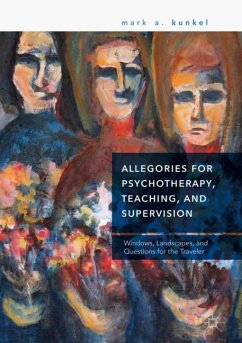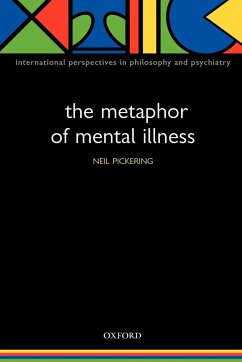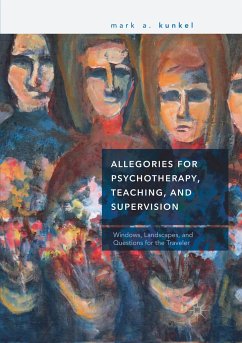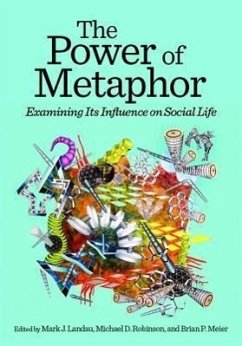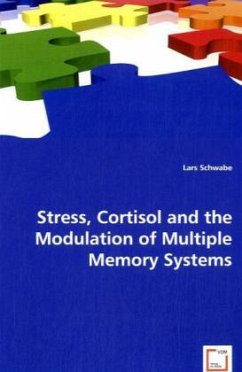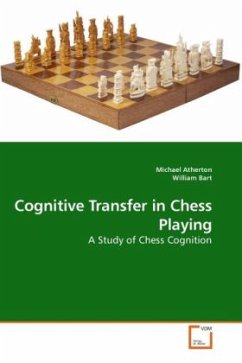
Architectural Metaphor in Psychotherapy
A Study in Phenomenology
Versandkostenfrei!
Versandfertig in 6-10 Tagen
45,99 €
inkl. MwSt.

PAYBACK Punkte
23 °P sammeln!
House, patch of meadow, oh evening light Suddenly you acquire a human face Your are very near us, embracing and embraced Rainier Maria Rilke (1875-1926) There is a 'timeless way' of building that is thousands of years old and the same today as it has always been. This way will lead anyone who looks for it to buildings which are themselves as ancient in their form as are our faces (Alexander, 1979). The 'timeless way' requires that buildings grow directly from man's inner nature (Alexander, 1979). The implication is that man and his constructed environment are one and indivisible. The indivisib...
House, patch of meadow, oh evening light Suddenly you acquire a human face Your are very near us, embracing and embraced Rainier Maria Rilke (1875-1926) There is a 'timeless way' of building that is thousands of years old and the same today as it has always been. This way will lead anyone who looks for it to buildings which are themselves as ancient in their form as are our faces (Alexander, 1979). The 'timeless way' requires that buildings grow directly from man's inner nature (Alexander, 1979). The implication is that man and his constructed environment are one and indivisible. The indivisibility of man and his surroundings presupposes that mankind recognizes and can easily identify with the architecture around him. Perhaps then, mankind's intimate connection to architecture can provide a useful resource which can be exploited in the field of psychotherapy. The study that follows investigates this issue and introduces the concept of the architectural metaphor. Architectural metaphor, it seems, may be useful in describing the structure of personality and become, therefore, a useful, guided tool in the service of psychotherapy.




